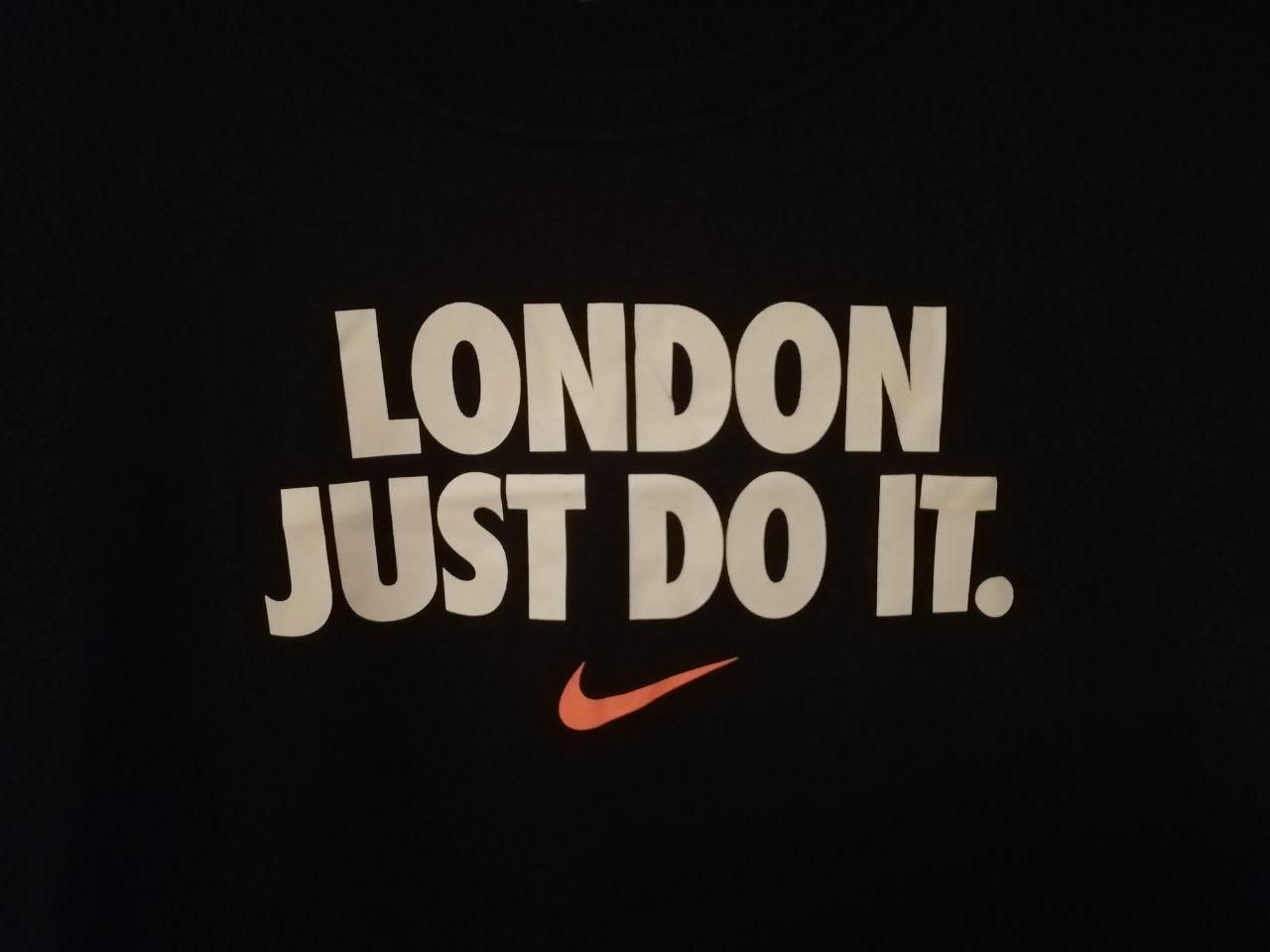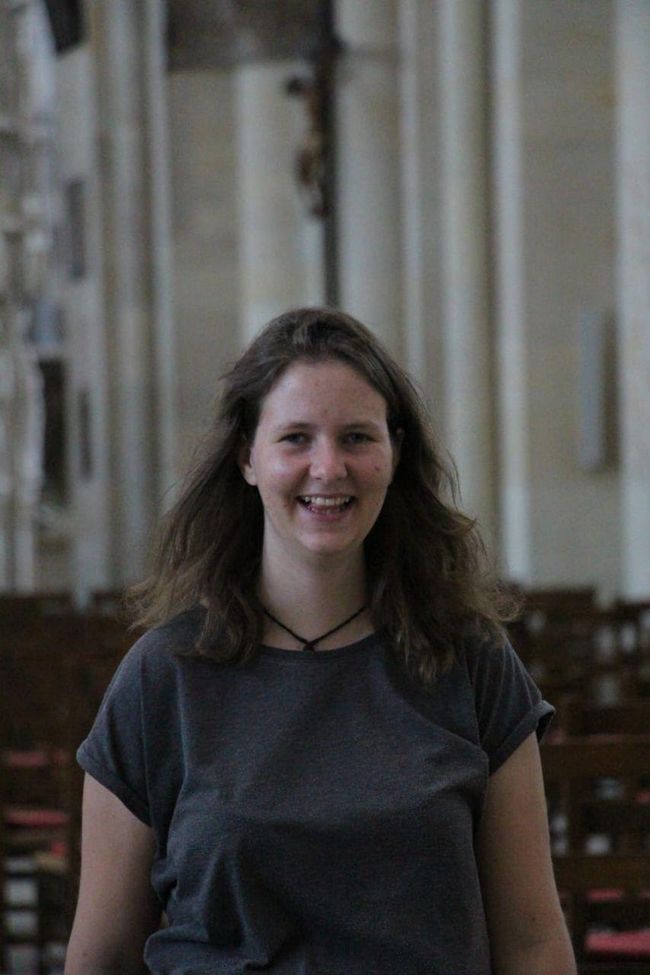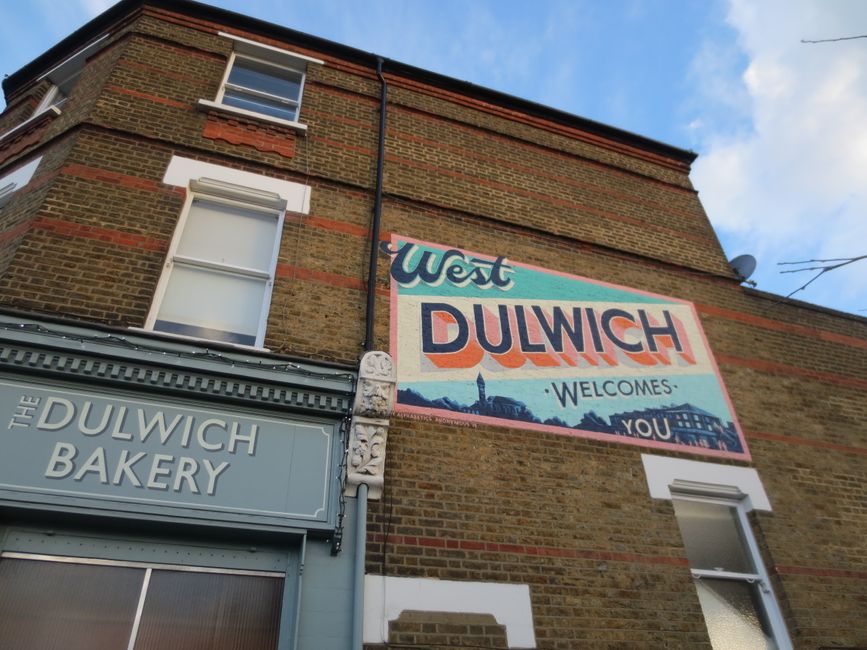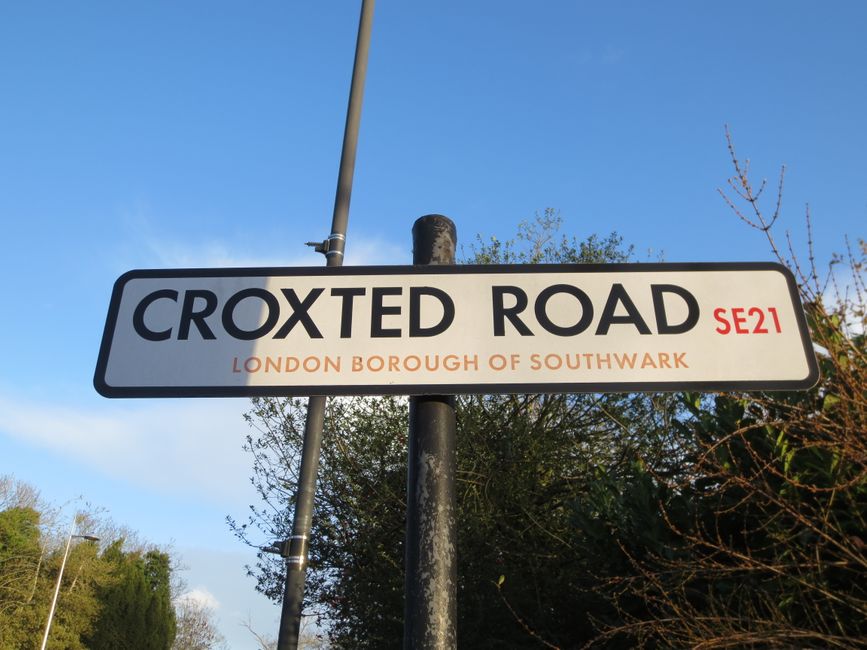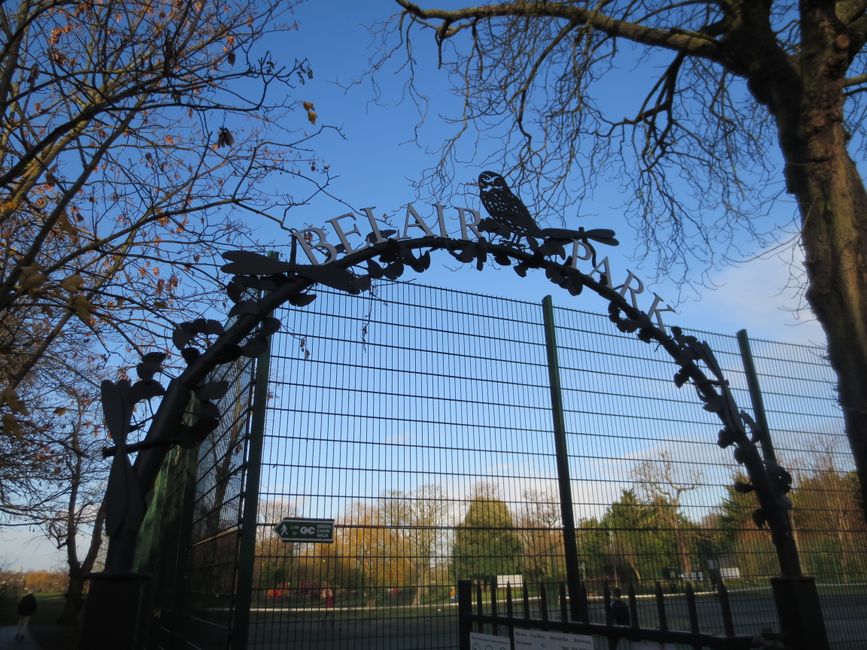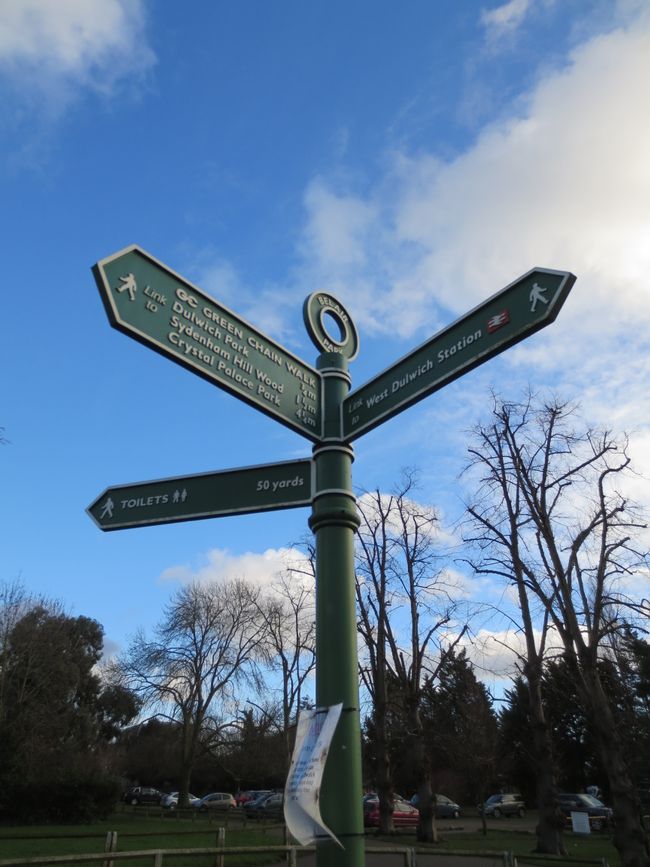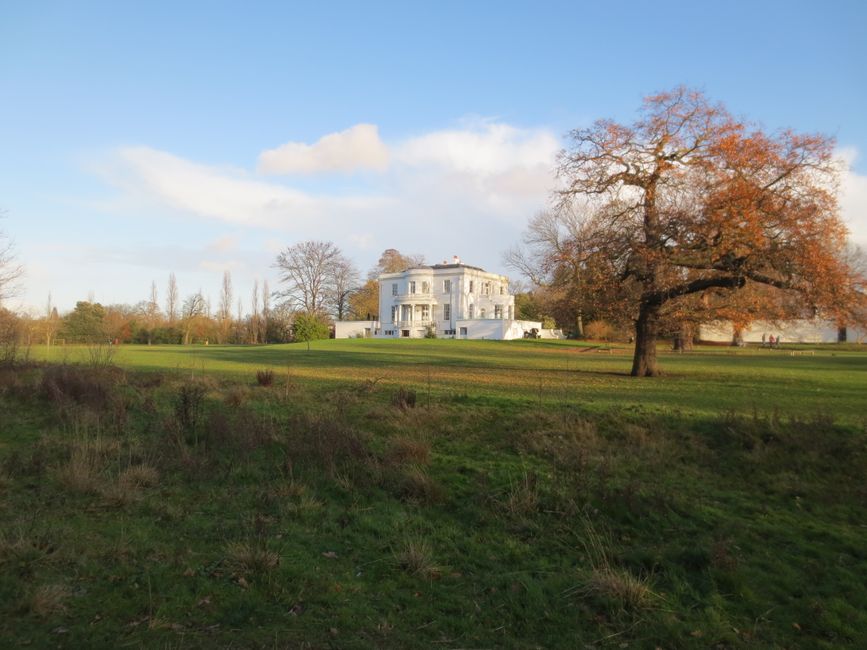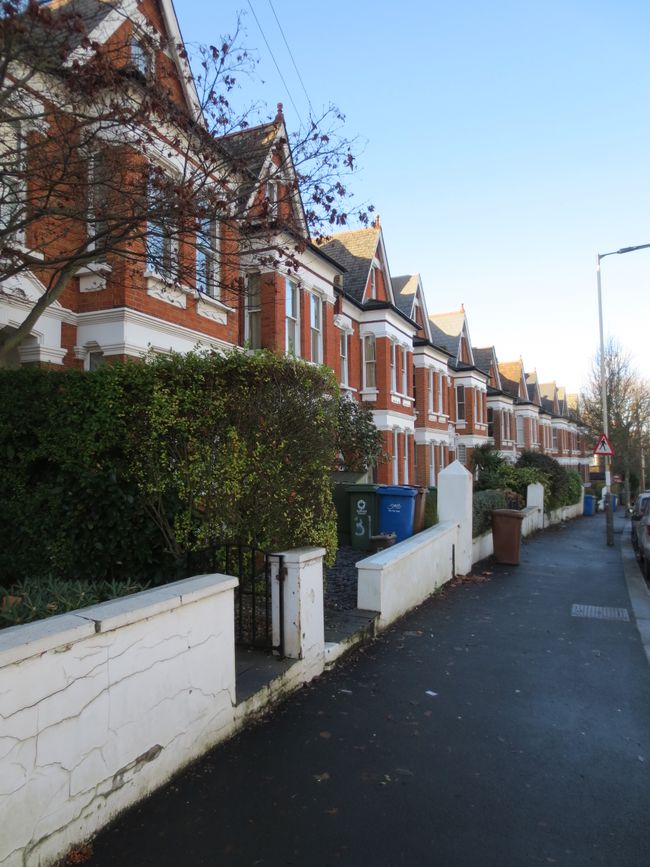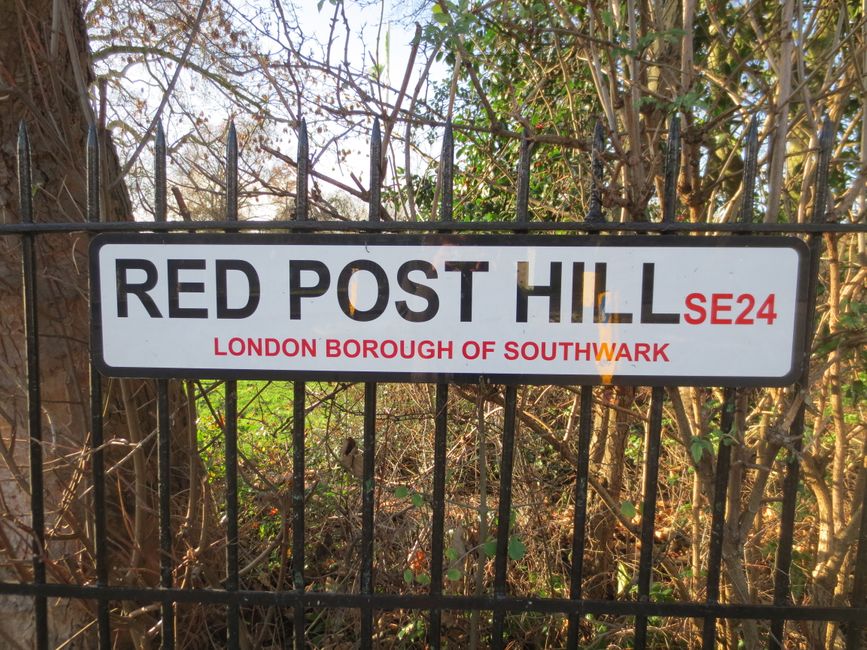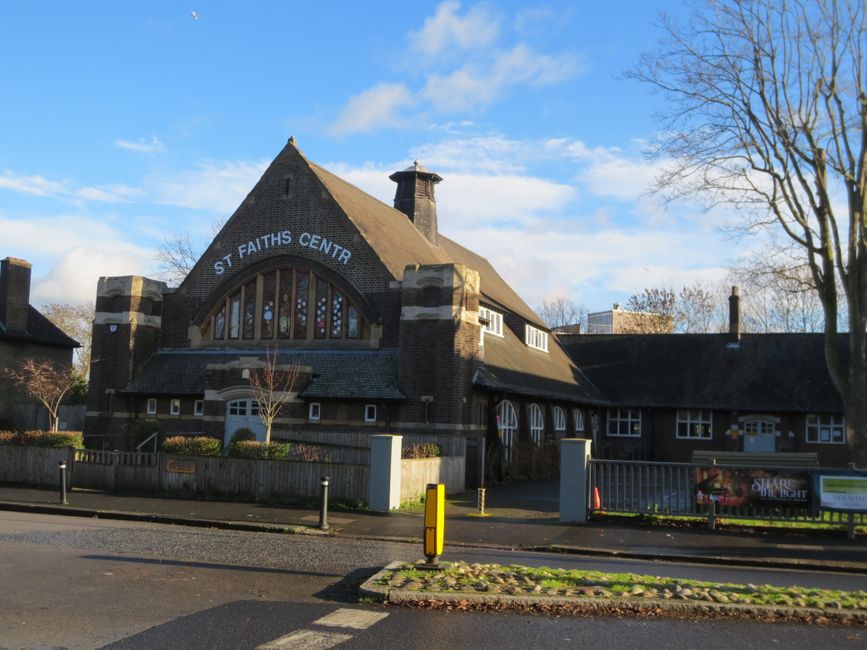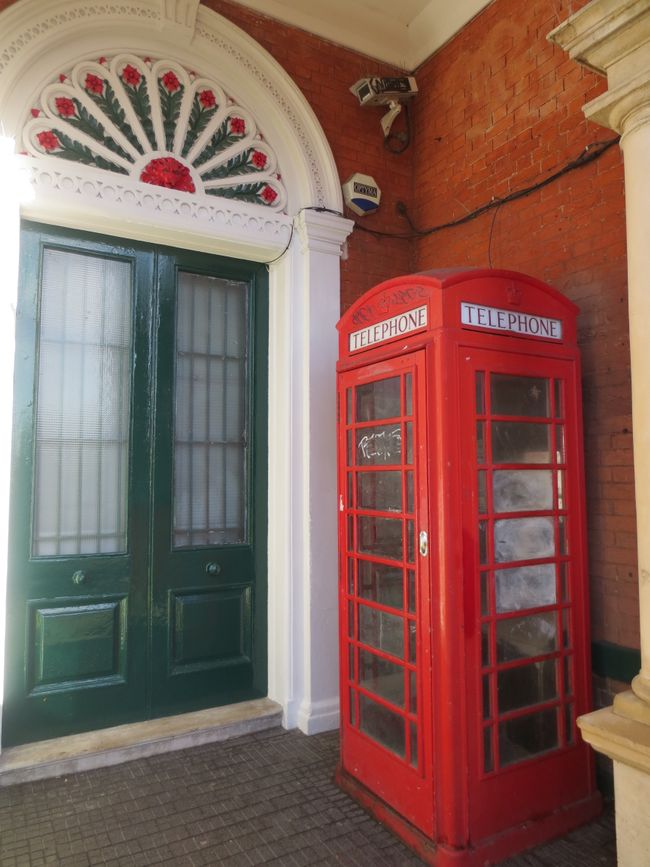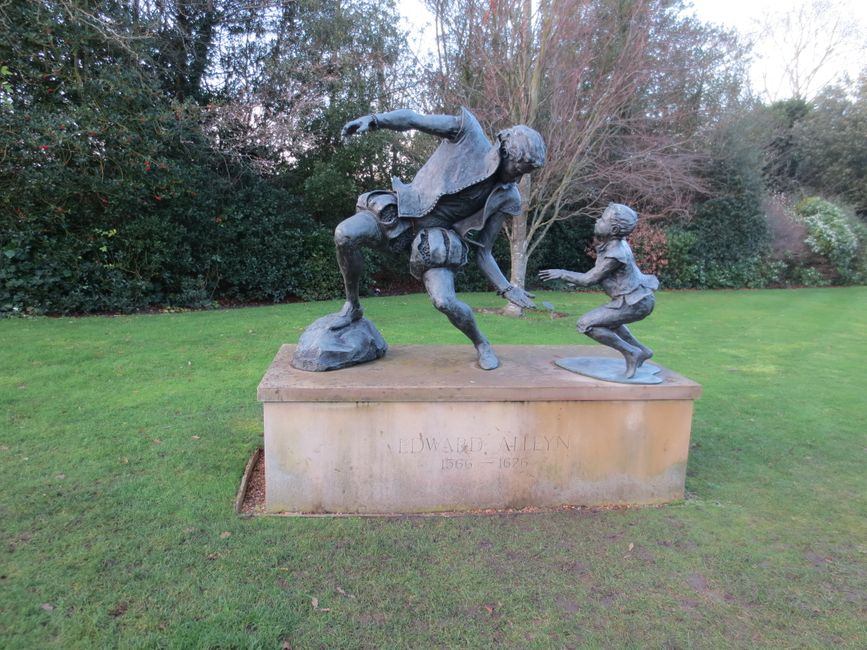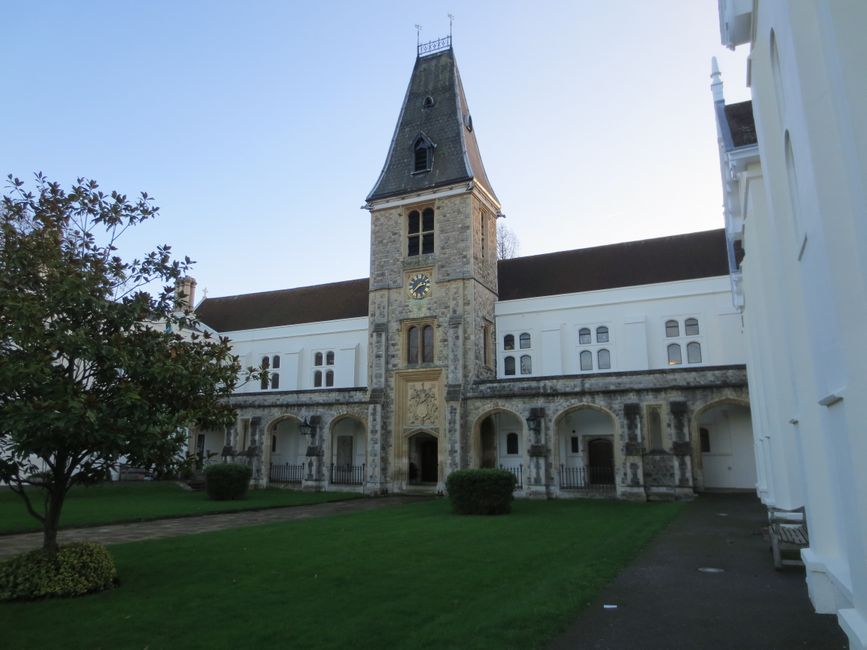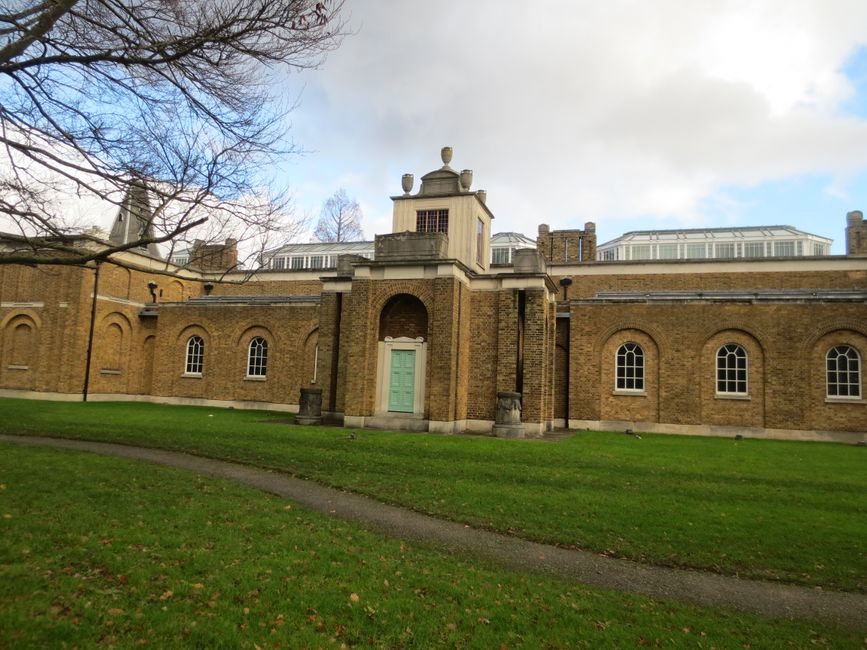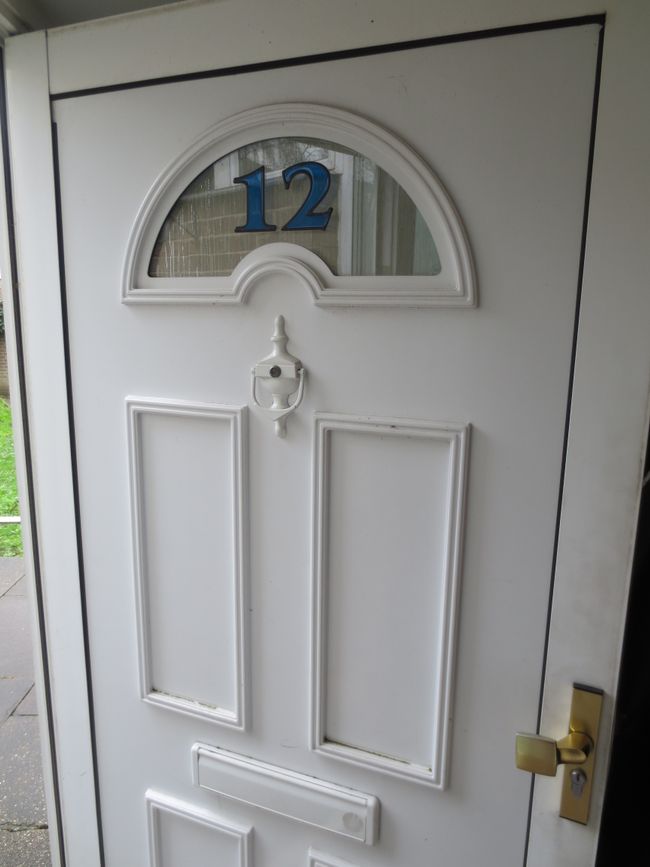My Commute
E phatlaladitšwe: 27.02.2021
Ingwadiše go Lengwalo la Ditaba
Every year at Christmas, I give a photo calendar to relatives and friends as a gift. This year, the theme was my commute, and since there's a lot to tell about the photos, I thought I'd write a blog post about it. The photos in the calendars have a slightly different order, but the explanations and stories behind the pictures are the same.
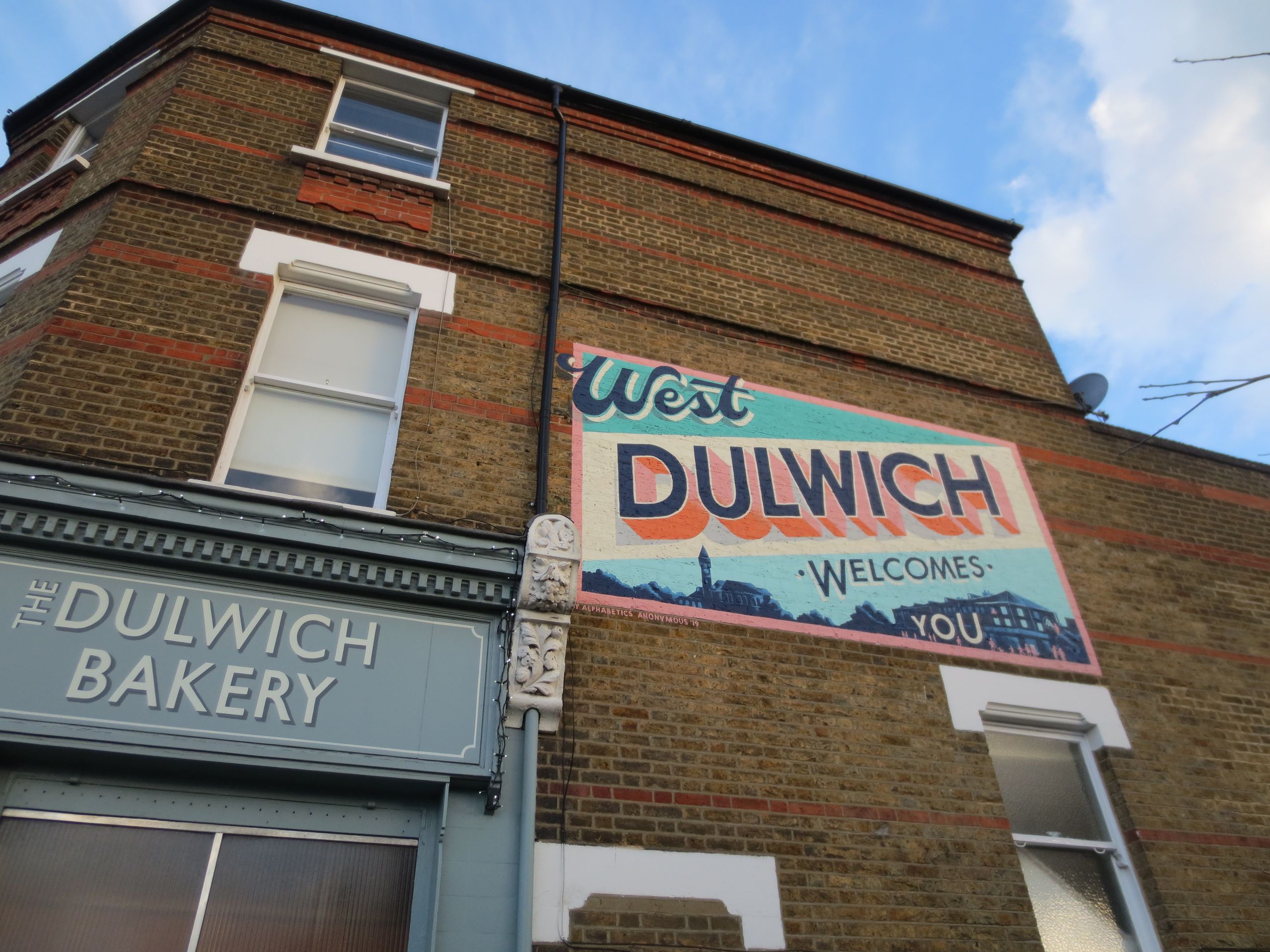
My new home is located in West Dulwich. Together with East Dulwich, North Dulwich, and Dulwich Village, they form the Dulwich district. This district, in turn, is a part of the London boroughs of Southwark and Lambeth. You can find this beautiful graffiti in the center of West Dulwich. Besides a small Tesco supermarket, there are restaurants, a bookstore, and other small shops. You can discover the graffiti on the wall of the Dulwich Bakery. This picture is not directly on my commute, but it's a nice start to this series of pictures.
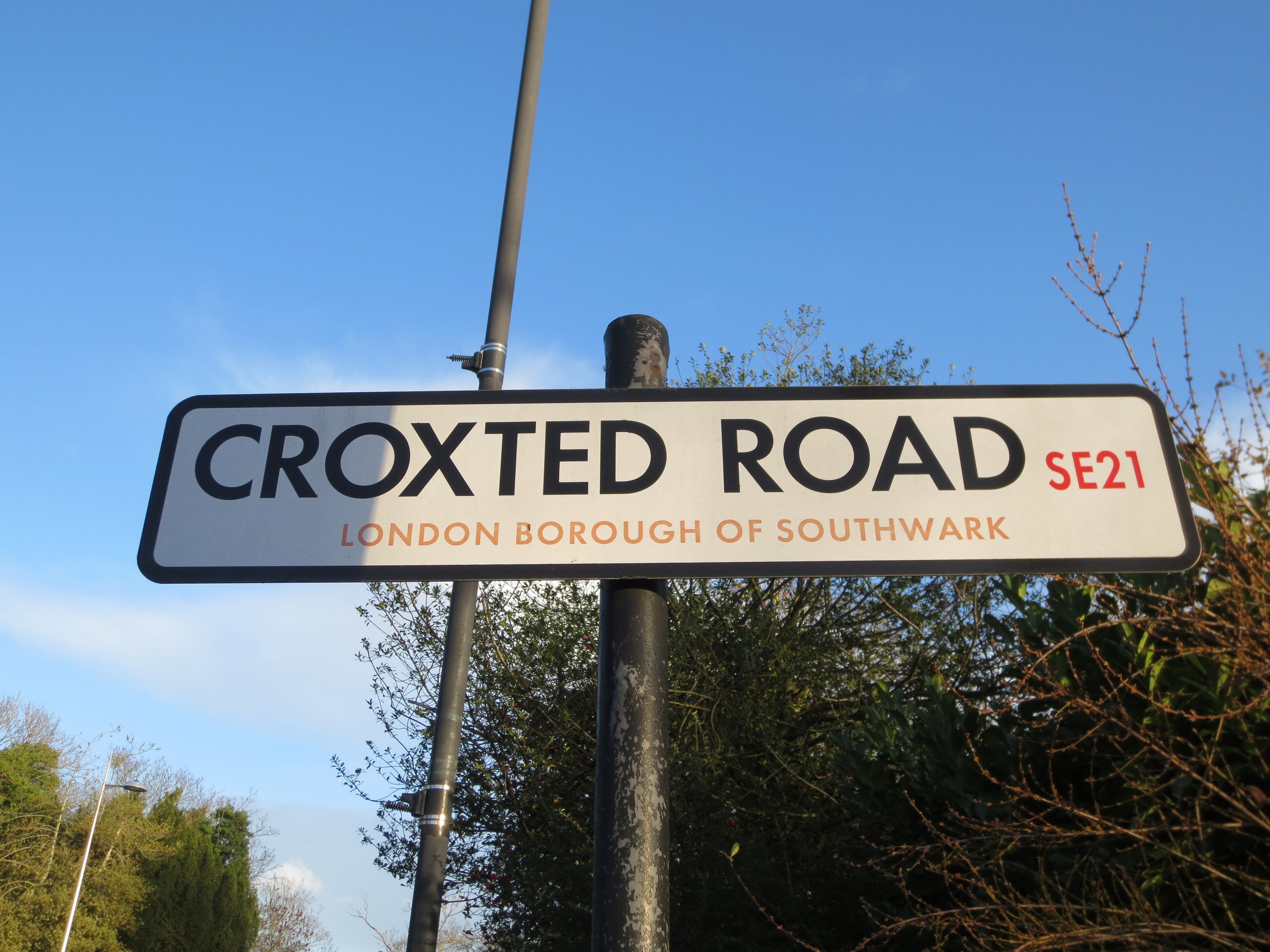
The Croxted Road is about 1.1 miles long and starts at Brokwell Park in Herne Hill and goes to a small Tesco in West Dulwich. This is the street where I live. When I commute to work, I have to walk along this road for a while before turning left towards Belair Park.
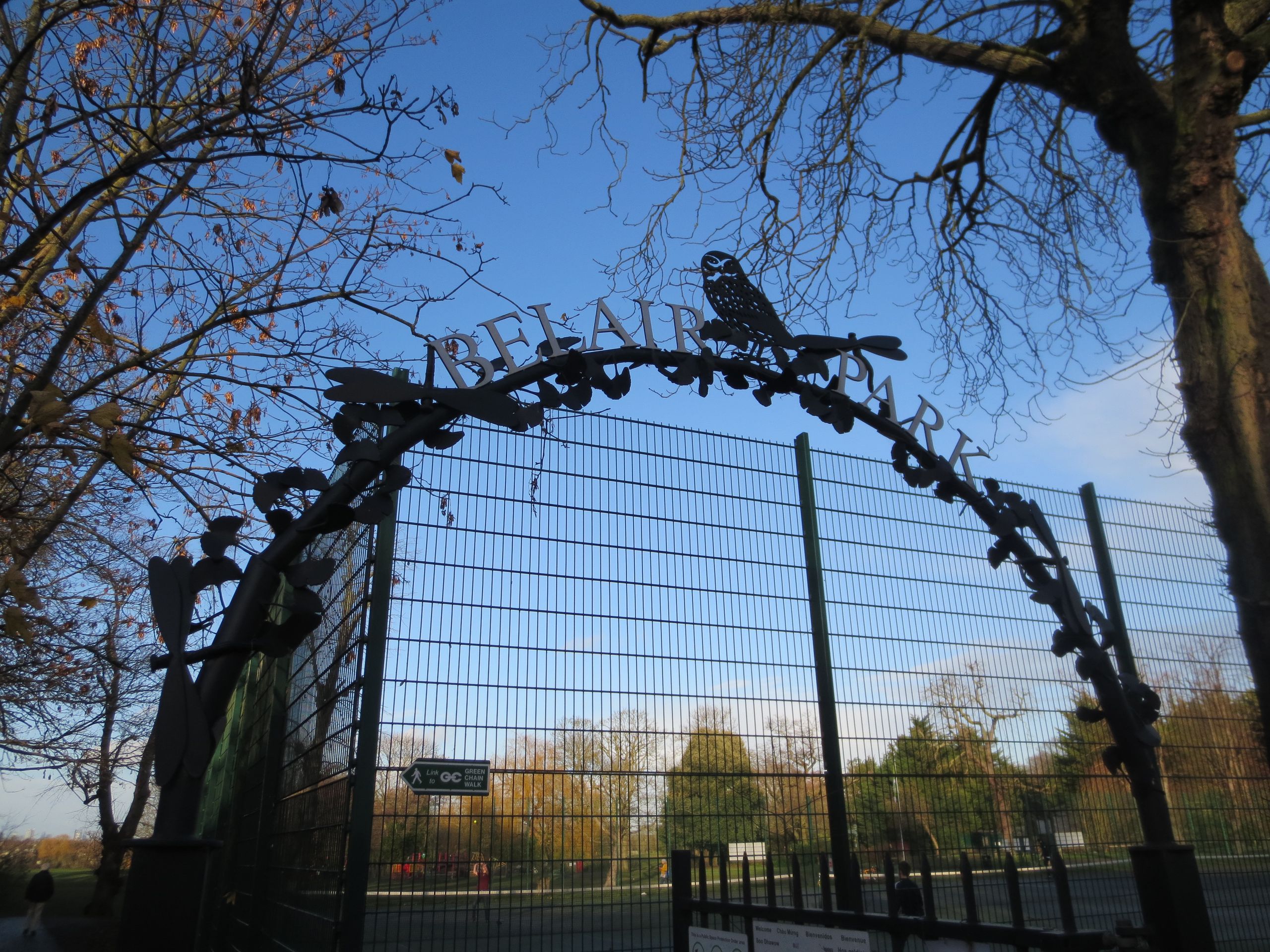
This is the entrance to Belair Park. A small but beautiful park that has a lot to offer. On 27 hectares, you can find the Belair House, which gives the park its name, plenty of green space, a lake with ducks and geese, a small playground, a tennis court with three tennis fields, a small skate park, and beautiful paths for walking. There are always people in the park, whether it is in the morning at around 7 o'clock or in the afternoon. I'm really looking forward to the summer when you can spend the whole day in this beautiful park.

This is a typical signpost that you can find in many parks. It is also located in Belair Park.

Until 1785, there were two farms on the current park grounds, which were then leased to John Willes. He built this house. Over the years, the house had eight different owners. The house was used gradually as a residence, a farm, a business and military facility, a community house, a bar, and a restaurant. Buildings were added and demolished, and some additions deteriorated over the years. In 1964, the Southwark Council fully renovated the Belair House and restored it to its original state. The grand staircase leading to the first floor is the only thing left from 1785. Today, you can rent the Belair House for celebrations such as weddings or birthdays.
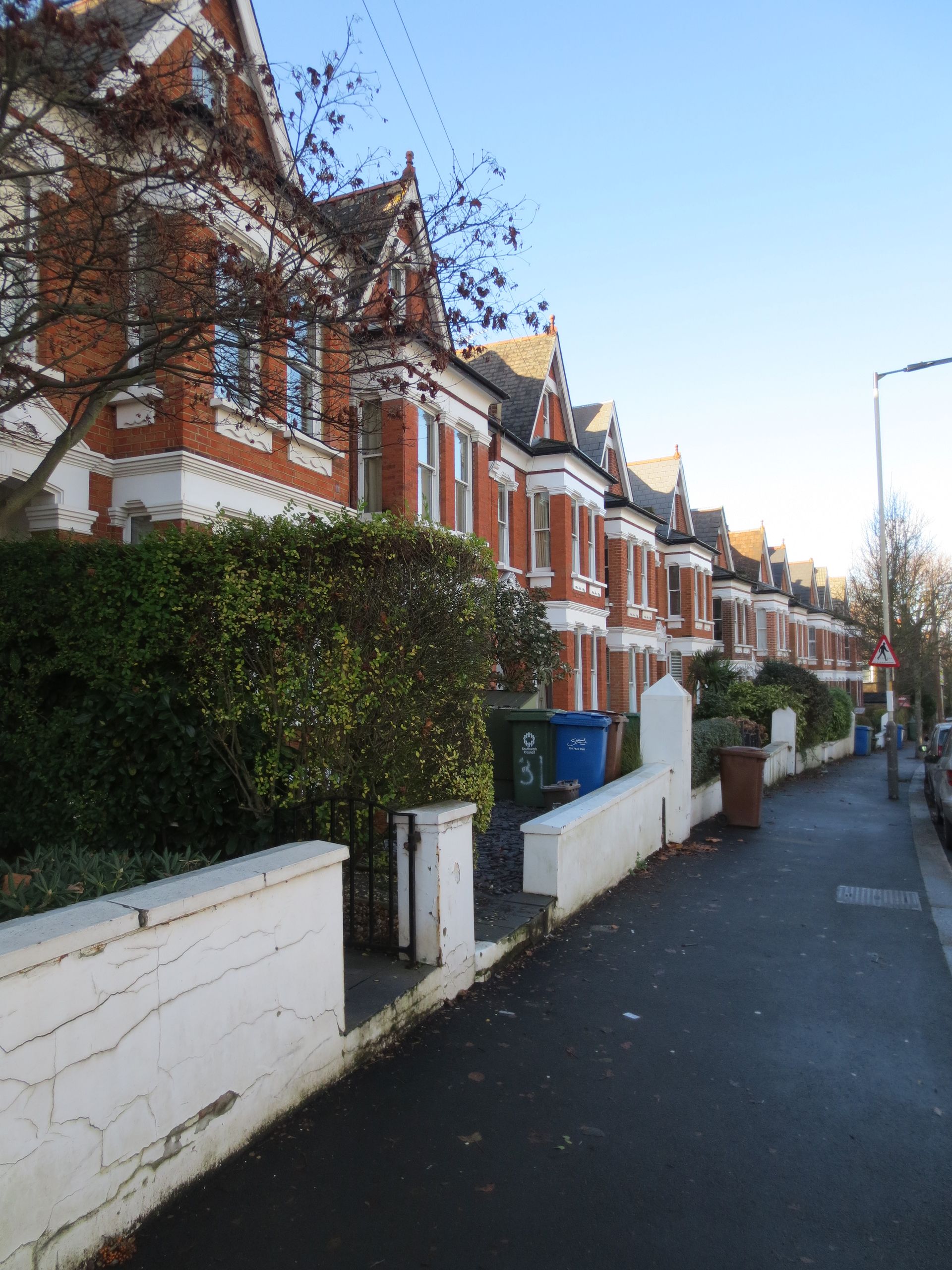
This is what a typical English street looks like. Multi-family houses are much less common because every Briton wants to live in their own house. Therefore, you mainly find row houses. They are also typically built with bricks and sometimes painted white.
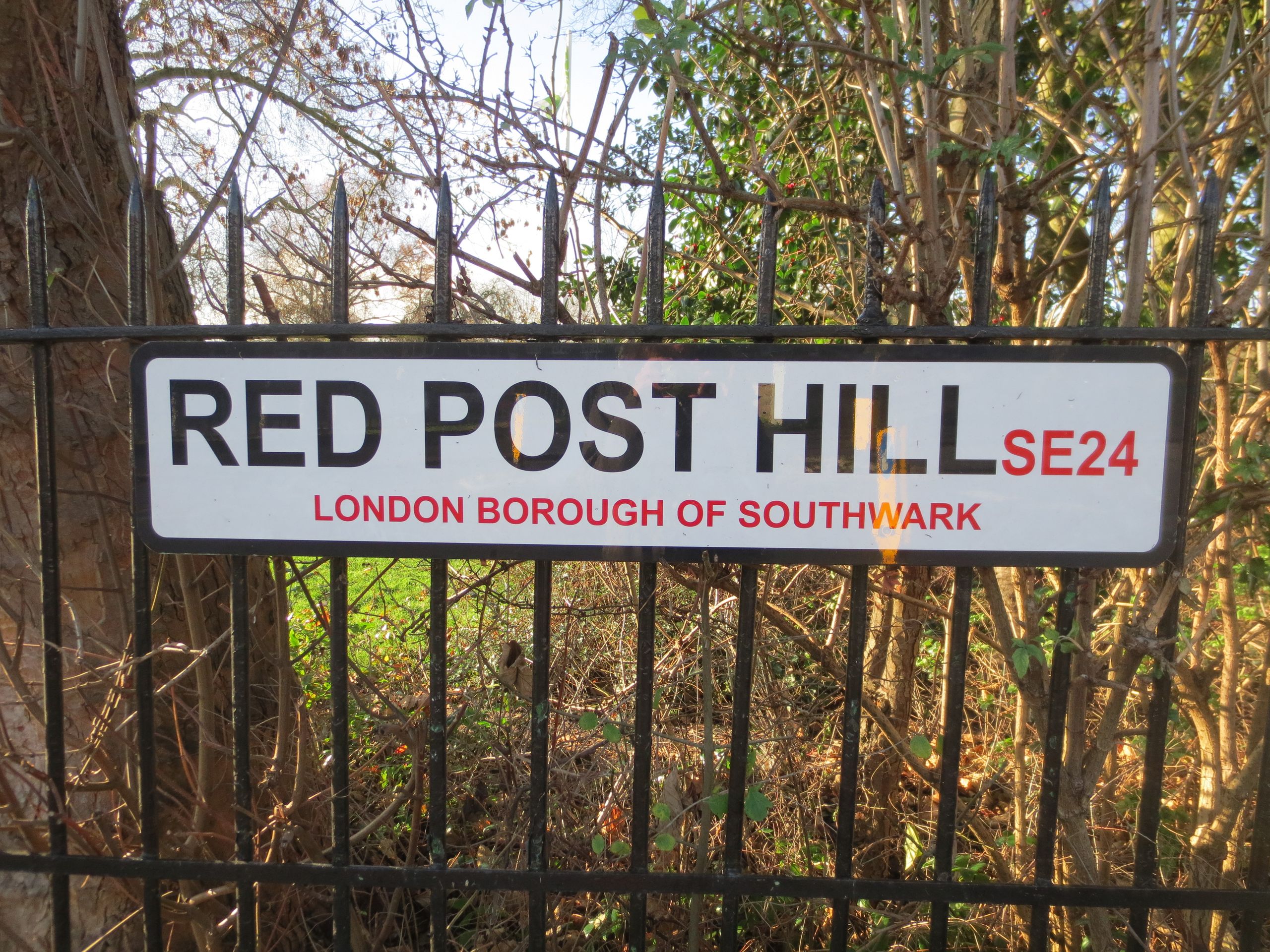
Here on Red Post Hill is where the German Kindergarten, my workplace, is located.
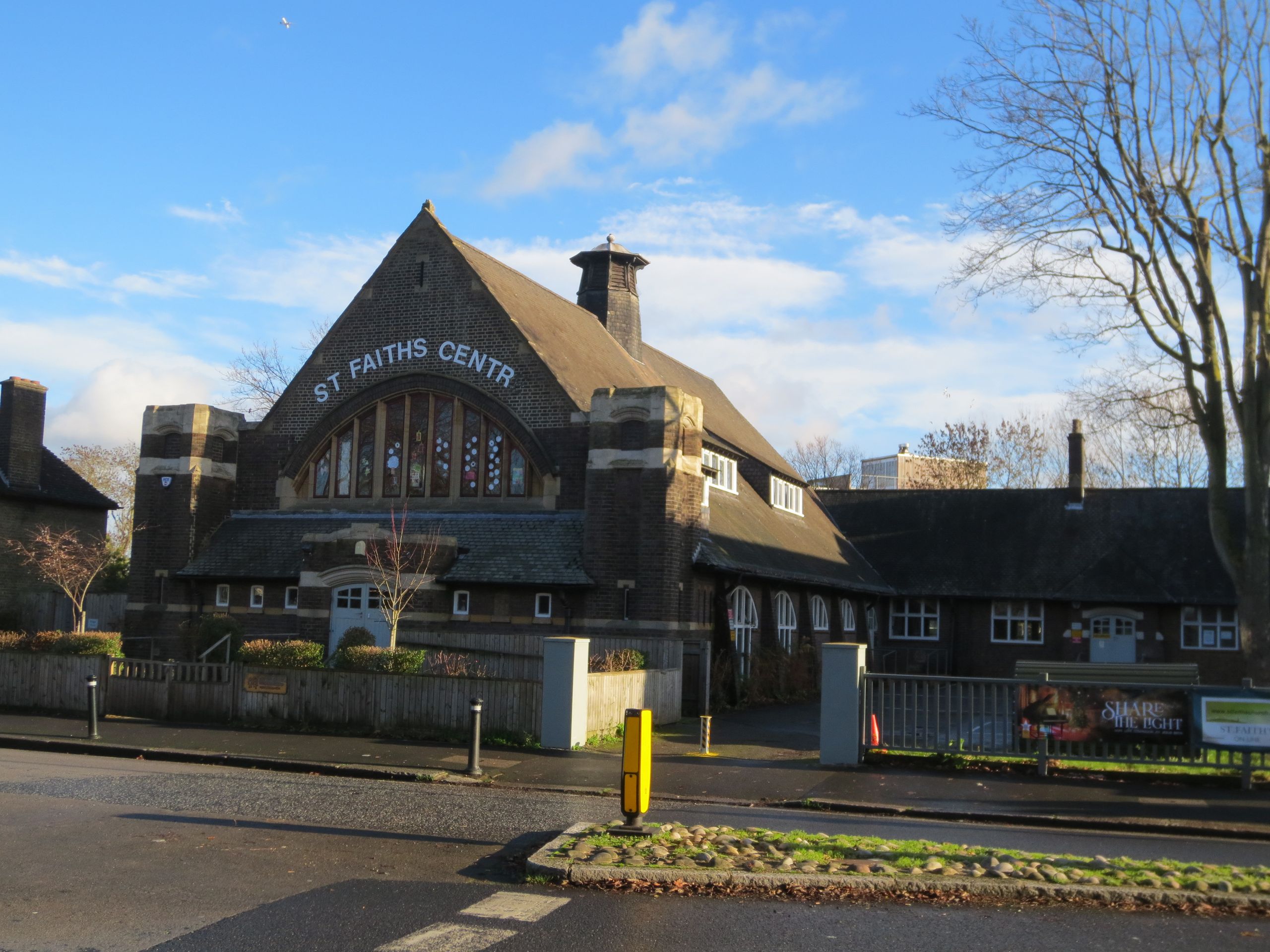
Behind the large window, located in a community house, is the kindergarten. We have a large room and a relatively large garden behind the house, which we are allowed to use. Opposite is a small park with a playground that we also visit regularly.

On the way back, you pass by North Dulwich Station. In front of it is the classic red telephone booth. I recently took a look inside, and you can actually still make phone calls in there.
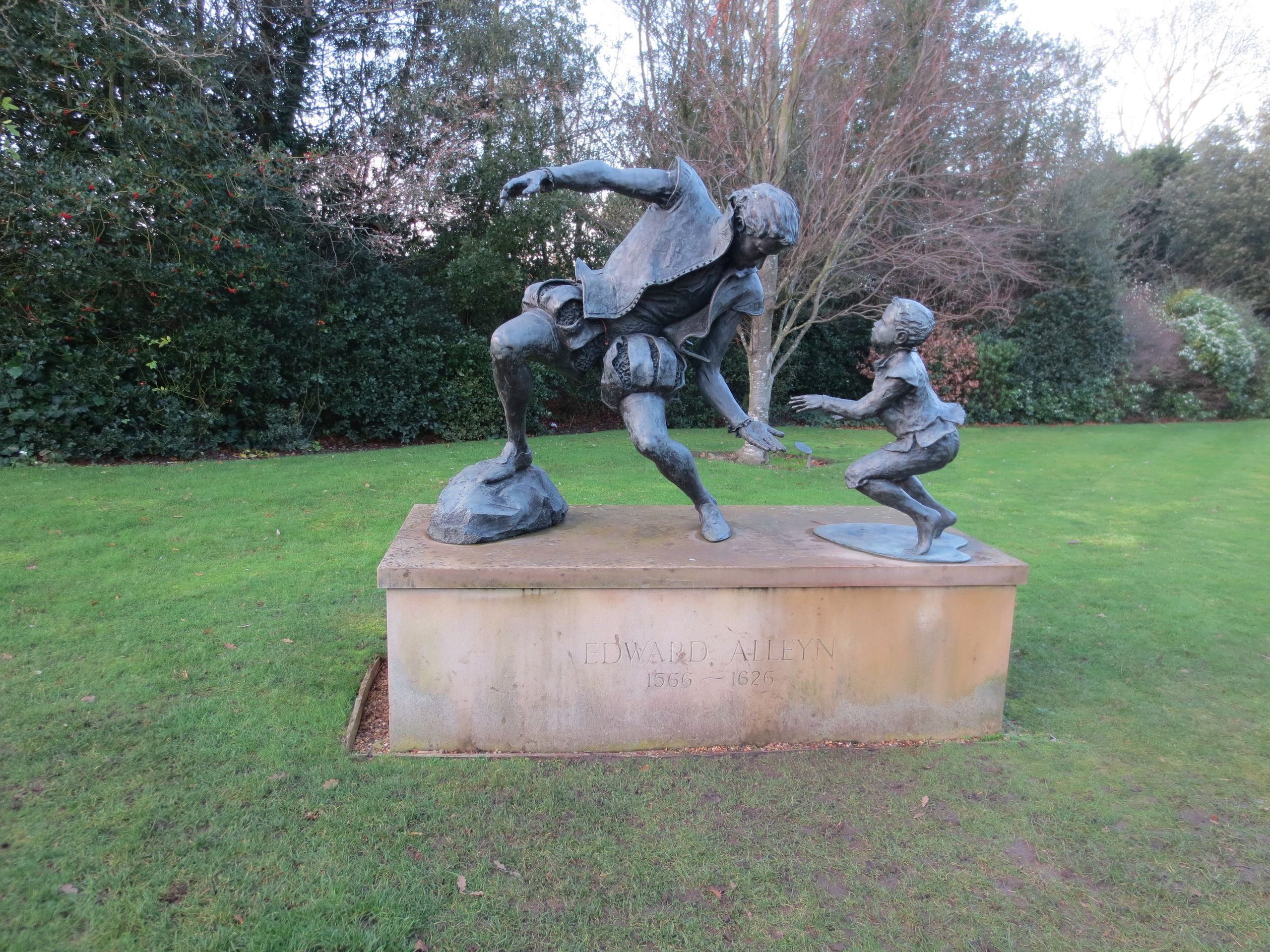
This statue is dedicated to Edward Alleyn. He lived from 1566-1626 during Shakespeare's time and was a famous actor. In 1613, he bought a large estate in Dulwich and founded a hospital and the current Dulwich College there.
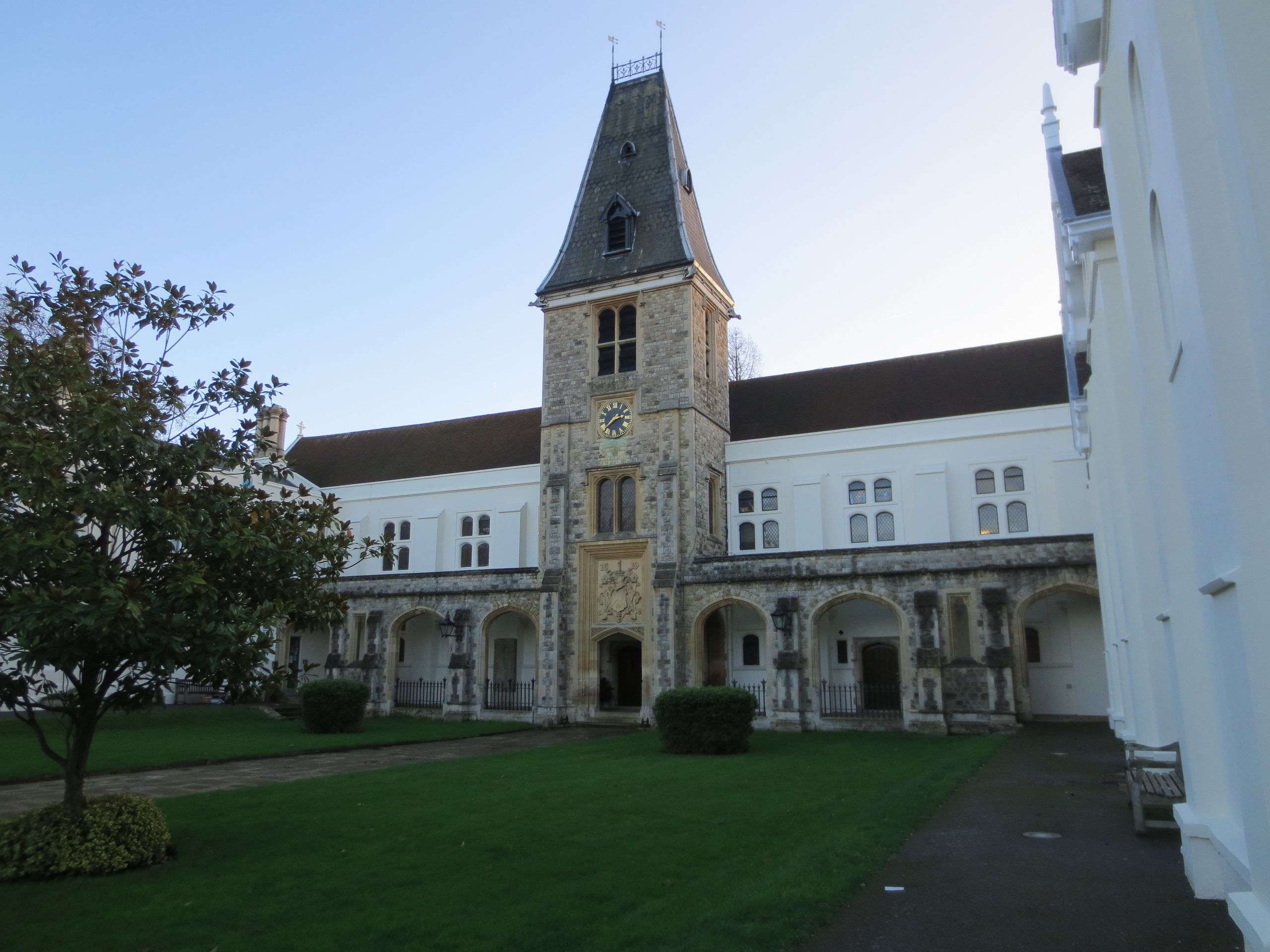
This is Christ's Chapel. Since 1616, it has been the center of today's Dulwich College. Today, it is used as a place of worship and by the Dulwich Schools. Tourists can also visit it. You can access it through the nearby Dulwich Picture Gallery.
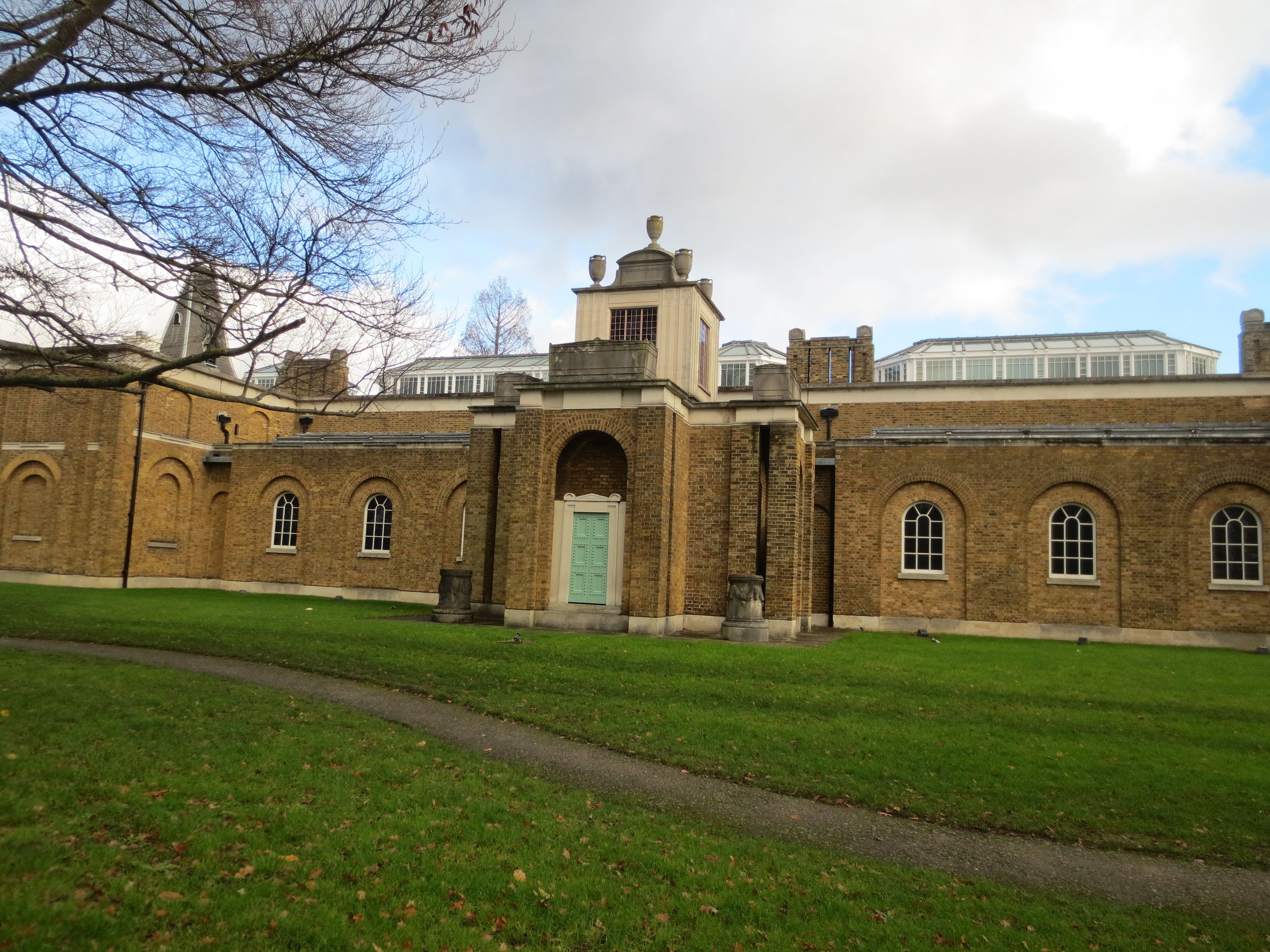
This is the aforementioned Dulwich Picture Gallery. The building, designed by Sir John Soane, opened in 1817. It is special in the sense that it was the first purpose-built museum. The gallery focuses on European art from the 17th and 18th centuries.

Finally, my front door, as it fit perfectly into December and completes the circle of my commute.
Ingwadiše go Lengwalo la Ditaba
Karabo

Dipego tša maeto United Kingdom
